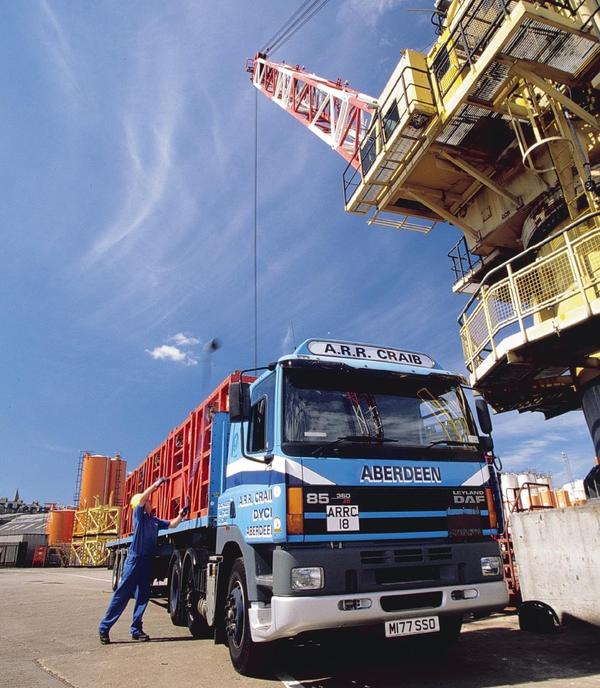How is Aberdeen delivering its freight strategy for the future?

Transport and how people and goods move around is changing in and around Aberdeen, Scotland. Its work in CIVITAS PORTIS project is contributing to this change.
A new strategic road around the west of the city will open in Autumn 2018, whilst enhanced railway infrastructure will follow in 2019 that will increase the frequency and reliability of rail travel across the region.
Due to Aberdeen's peripheral location over 100 kilometres from the motorway network and most journeys being confined to the region, goods movement relies predominantly on the road network. Around 81% of goods to, from, or within the region (other than oil and gas, which use pipelines) are moved by lorries.
The freight-related work in Aberdeen as part of CIVITAS PORTIS is led by Nestrans, the Regional Transport Partnership for Aberdeen City and Aberdeenshire. It aims to take advantage of the new upcoming transport infrastructure by developing a new distribution strategy. This will set clear objectives and suggest future actions.
The objectives will centred around the themes of ‘clean air’, ‘the efficient use of resources’ and ‘the provision of appropriate and high quality resources’.
Collaboration with parcel delivery organisations for the "last mile" of a freight journey, i.e. to customers' homes or businesses, is being looked at. This may include ultra-low-emission vehicles or parcel collection lockers to reduce the number of lorries travelling through the city.
Another key objective is changing the way roads in and around the city are used by encouraging vehicles that do not need to be in the city on to the new strategic road and sending vehicles that do down other routes. This should help create a city centre environment in which walking, cycling, and travelling by bus is preferable.
The challenge for all, from political leaders to transport professionals, is ensuring that effective demand management complements infrastructure changes. In turn, this requires a recognition that car parking policies, charging rules, and traffic management will be integral to the project's success.
Most importantly, the above will help achieve the main desired outcomes of Aberdeen's work in CIVITAS PORTIS: a modal shift to collective travel, cycling, walking in the city centre, and a healthier, happier environment there that has the communities interests at its heart.
Find out more about CIVITAS PORTIS here.
Author: Amye Robinson








